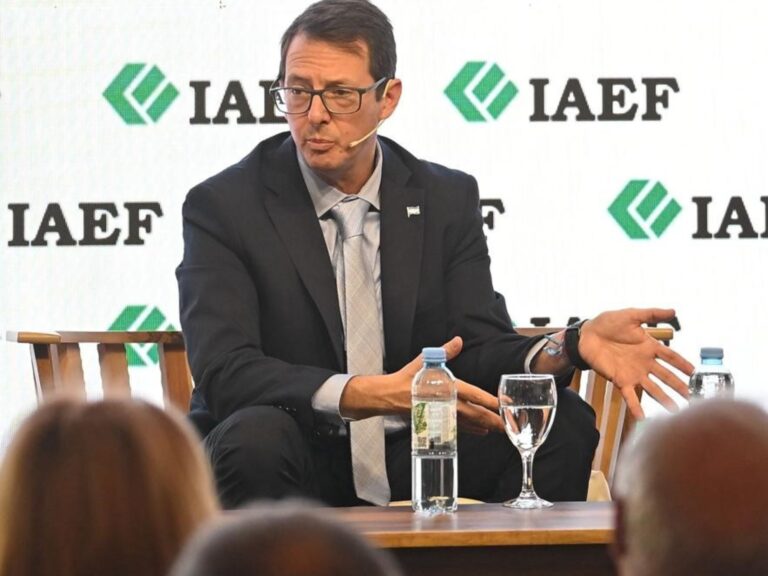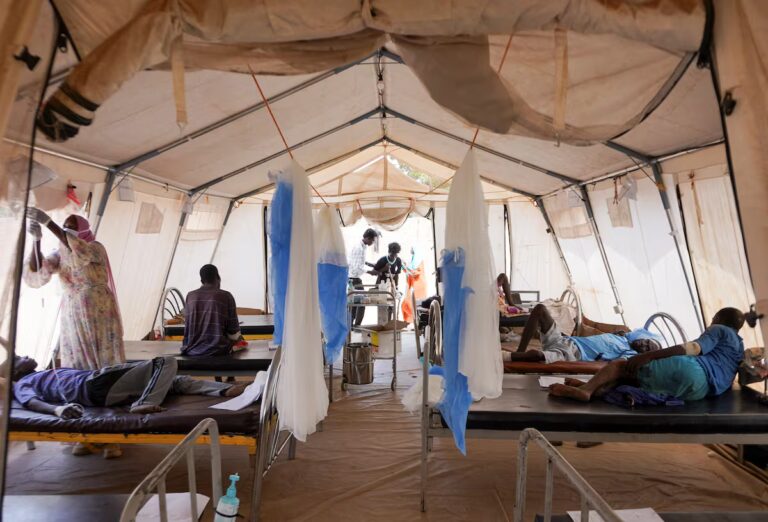
Luis Otavio Real, chief economist at G5 Partners, said stronger-than-expected growth in services (+0.6% in September compared to 0.4% expected) could lead to an upward revision of the third-quarter GDP forecast. Real’s current forecast is for a 0.2% increase, but he thinks it could rise to 0.3%. C6 Bank economist Claudia Moreno expected GDP to fall by 0.2%, with the decline narrowing to 0.1%. PicPay chief economist Ariane Benedito would like to wait for the results of the Monthly Commercial Survey (PMC) before considering his forecast. At present, the growth rate is expected to remain at 0.3%.
However, economists stress that the results of the Monthly Services Survey (PMS) released by IBGE this Wednesday morning do not jeopardize the start of the central bank’s interest rate cutting cycle, scheduled for early next year.
— This better-than-expected result somewhat undermines the optimism generated by yesterday’s IPCA regarding lower interest rates in early 2026. However, it must be remembered that activity data influences monetary policy only to the extent that it influences inflation, and recent numbers have been positive, including for the services sector. Moreover, we are talking about September data, which already has October inflation information. Ultimately, the PMS results are not helpful, but they also do not prevent interest rates from starting to decline in 2026, Leal assesses.
He said the better-than-expected performance at PMS was partly due to the effect of Consumer Week held in September. He said the numbers tend to moderate in October.
— PMS exceeded expectations due to Consumer Week, with the “Transportation, Storage and Mail” group increasing by 1.2%. Another evidence of this effect is the 7.2% increase in “other services provided to families” that correspond to IPCA services. However, looking at the cumulative results for 2025, the 2.8% increase through September has little to do with IPCA services, and is concentrated in “information technology services,” which rose 12.5%, indicating that this is a movement related to the digitalization of the economy and is not very sensitive to monetary policy. There will still be promotions in October and November, but the coming months are expected to remain moderate, said economists at G5 Partners.
Ariane Benedito stresses that the latest data already shows the importance of moderation, especially in family-oriented activities. He points out that this cooling is consistent with a lag in the effectiveness of monetary policy, with the cumulative effects of high interest rates starting to be more clearly reflected in the later stages.
— A look at the mix shows that services offered to families and the most credit-sensitive demographics are already showing signs of slowing, while business and technology services continue to maintain some dynamism. This loss of momentum, combined with a downward trend in inflation, would strengthen the scenario of a gradual economic slowdown and create room for a later monetary easing cycle. Therefore, with recent service performance, there is no need to maintain high interest rates for a long period of time. On the contrary, monetary tightening has already done much of its job, and if the disinflationary process is consistent, central banks are starting to show that they may feel comfortable starting gradual rate cuts next year — Picpay’s chief economist says the cycle will start in March with a 50 basis point rate cut, and Selic expects it to be 12.5% at the end of 2026.
Ivmec economist Professor Renato Veroni points out that the real’s strength against the dollar helps explain the scenario of growth in services combined with slowing inflation.
— The service sector is driven by population income growth, which tends to put pressure on prices. On the other hand, high interest rates and a strong yen exchange rate contribute to suppressing inflation. Veroni assesses that these two movements are occurring simultaneously in the economy.



